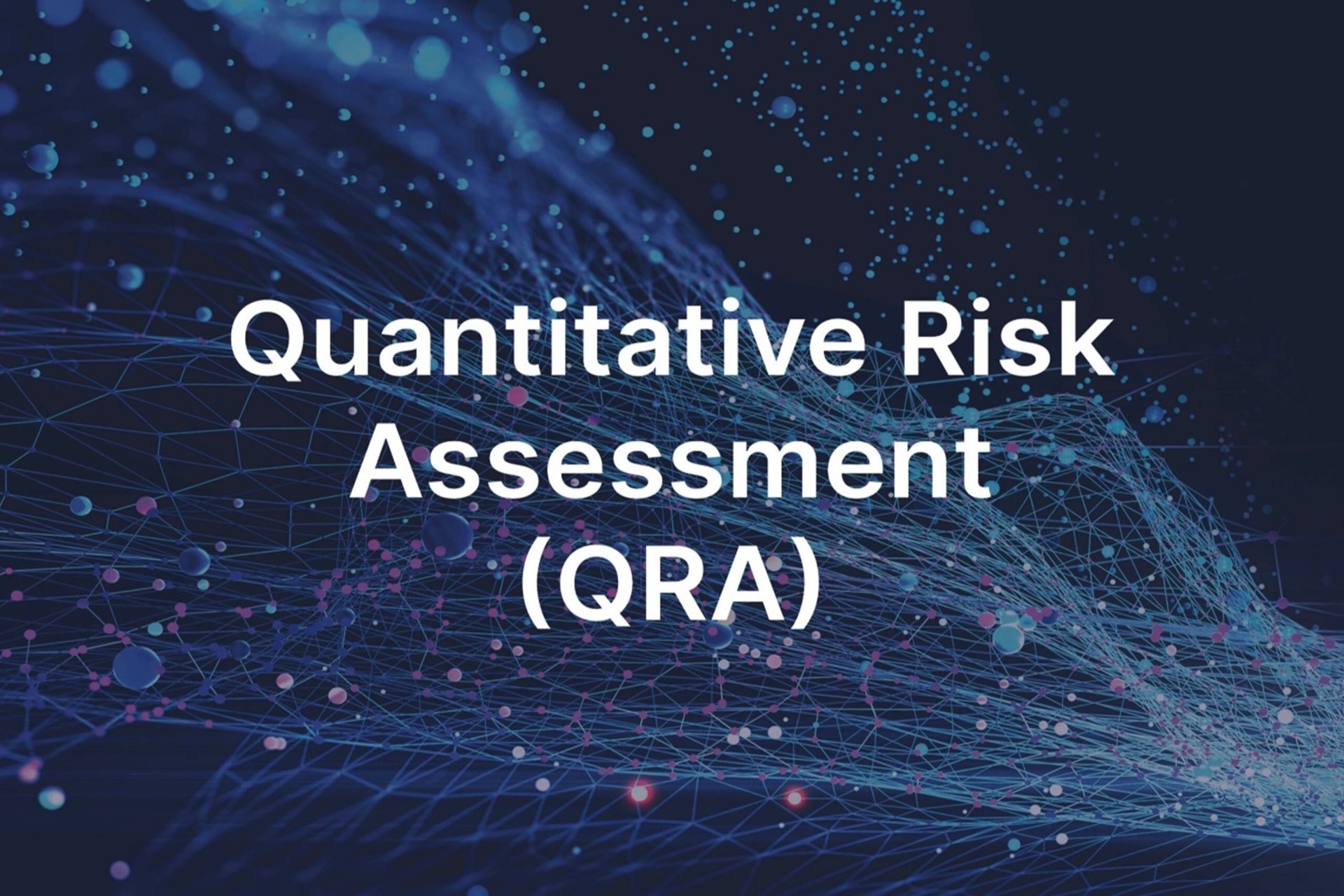
METHODOLOGY FOR HAZARDOUS AREA CLASSIFICATION-IS
The purpose of the Hazardous Area Classification study is to determine the extent of the hazardous areas around equipment handling or storing flammable fluids, combustible fluids and combustible dusts, both liquid and vapors in terms of Zone 0, Zone 1, Zone 2 and Division 1 and Division 2

METHODOLOGY FOR HAZARDOUS AREA CLASSIFICATION-NFPA
The purpose of the Hazardous Area Classification study is to determine the extent of the hazardous areas around equipment handling or storing flammable fluids, combustible fluids and combustible dusts, both liquid and vapors in terms of Zone 0, Zone 1, Zone 2 and Division 1 and Division 2
METHODOLOGY FOR ELECTROSTATIC HAZARD RISK ASSESSMENT MULTI PRODUCT FACILITY
Electrostatic discharge (ESD) is a critical ignition source for combustible substances and flammable liquids. Effective safety measures require a thorough understanding and assessment of electrostatic charge. Preventing static charge separation is challenging because its origin is often at the interface of materials. Static electric charge builds up when the rate of charge separation exceeds the rate of charge recombination. While charge separation alone may not pose a fire or explosion hazard, the risk arises during discharge or sudden recombination of these charges, potentially causing ignition. In static electric phenomena, charges are typically separated by resistive barriers such as air gaps or insulation between conductors, or by the insulating properties of the materials being handled or processed. Sparks commonly occur between conductors and insulators. The human body, a proficient electrical conductor, has been involved in many static electric discharge incidents. Sparks from ungrounded charged conductors, including the human body, are primary causes of fires and explosions ignited by static electricity. Conducting an on-site evaluation or survey of the process is crucial to identify any ungrounded conductive objects, including personnel, and materials that could act as electrical insulators, interfering with proper bonding and grounding. This survey should identify locations that might pose a static electricity hazard, even if charge accumulation is not evident at the time of evaluation.

METHODOLOGY FOR VENT DISPERSION ANALYSIS STUDY
Vent is used for safe disposal of the vented gases to the atmosphere. Flammable or toxic gases are released from the vent. To ensure that the hazards of venting these gases are tolerable for the people near the site, a quantitative hazard analysis of gas venting is often required. The Dispersion study is carried to estimate and identify the quantity of material release from the vents to atmosphere, potential hazards and its effects, occurrence of hazards during the process.

METHODOLOGY FOR HIRARC
The purpose of this guideline is to provide a systematic and objective approach to assessing hazards and their associated risks that will provide an objective measure of an identified hazard as well as provide a method to control the risk. It is one of the general duties as prescribed under the Occupational Safety and Health Act 1994 (Act 514) for the employer to provide a safe workplaces to their employees and other related person.

METHODOLOGY FOR QRA STUDY
QRA is a technique used to systematically calculate the risks from hazardous events. It involves predicting the size of consequences associated with a hazard, and the frequency at which a release of the hazard may be expected to occur. These aspects are then combined in order to obtain numerical values for risk – usually risk of fatality. QRA includes consideration of all identified hazardous events in order to quantify the overall risk levels. Similar hazardous events are often grouped and assessed together as bounding or representative events




